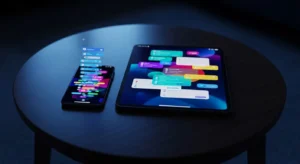
You’ve done it before. You declared a new goal with a surge of motivation. This time, I’ll meditate every morning. This time, I’ll stop scrolling at night. This time, it will stick. For a few days, maybe even a week, you muscle through with sheer willpower. You feel disciplined, powerful, in control.
And then, you don’t. A stressful day at work derails your evening plan. An early meeting sabotages your morning routine. Slowly, the old patterns creep back in, and the new habit fades into a memory of good intentions. You’re left feeling frustrated, maybe even a little ashamed, wondering why you can’t make simple, positive changes last.
If this sounds familiar, you are not alone, and it is not a failure of character. Especially for those of us navigating the constant demands of modern urban life, willpower is a finite and unreliable resource. Our environments are practically engineered to hijack our attention with endless notifications, convenience foods, and on-demand entertainment. Relying on willpower to build new habits in this landscape is like trying to swim upstream in a river of distraction. You might make progress for a while, but eventually, the current wins.
The problem isn’t your motivation or your desire for change. The problem is the strategy. You’ve been trying to fight a battle of brute force against a system that is designed for efficiency: your own brain.
Your brain isn’t trying to sabotage you. It’s trying to help you by conserving energy. It loves shortcuts. It loves automation. And a habit is the ultimate cognitive shortcut. But to create a new shortcut, you have to work with your brain’s operating system, not against it. This isn’t about more willpower. It’s about better design. In this guide, we’ll explore the neuroscience of habits, uncovering why your brain resists change and how you can use its own rules to create durable, positive habits without burning out. We’ll trade force for finesse, and big, scary goals for tiny, consistent steps that lead to profound transformation.
📚 Table of Contents
- Understanding the Battlefield: Your Brain’s Deep-Seated Resistance
- The Habit Loop: Your Brain’s Simple Operating System
- Beyond Goals: The Power of Identity-Based Habits
- Designing a Winning Strategy: Working With Your Brain
- Start with the Minimum Viable Action
- Conduct a Friction Audit
- Design Your Environment for Success
- Embrace Gentle Accountability
- Building Resilience: How to Handle Setbacks Gracefully
- Putting It Into Practice: Two Sample Routines
- Frequently Asked Questions About Habit Building
- How long does it really take to form a new habit?
- What should I do when I travel or my routine is completely disrupted?
- I was doing great, but now I’ve hit a plateau. What’s wrong?
- Can I work on multiple new habits at once?
- Why does my initial motivation disappear after a few days?
- Your First Steps to Lasting Change

Understanding the Battlefield: Your Brain’s Deep-Seated Resistance
To win the war for better habits, you first need to understand the terrain. The human brain is a masterpiece of efficiency, honed by millennia of evolution to conserve its most precious resource: energy. Thinking, deciding, and exercising self-control are all metabolically expensive activities. To save fuel, your brain outsources as many recurring tasks as possible to a non-conscious, automated system.
This is where habits live. Deep within the older, more primitive part of your brain lies a set of structures called the basal ganglia. Think of this area as your brain’s autopilot. When you perform an action repeatedly in the same context, the basal ganglia begin to take over, encoding the sequence of actions into an automatic routine. This is why you can drive a familiar route home from work while lost in thought, or tie your shoes without consciously remembering the steps. The action has been converted from a deliberate choice into a neurological reflex.
This automation is a superpower. It frees up your prefrontal cortex—the “thinking” part of your brain—to focus on novel problems and complex decisions. The downside? Your basal ganglia don’t distinguish between “good” and “bad” habits. They only distinguish between what is repeated and what is not. This fundamental principle of brain and habits is why breaking a long-standing pattern feels so difficult. You aren’t just fighting a craving; you are fighting a deeply ingrained, energy-saving neural pathway that your brain has perfected over time. The neuroscience of habits shows us that when you try to start a new, deliberate action, you are competing with these pre-existing, super-efficient highways of behavior.
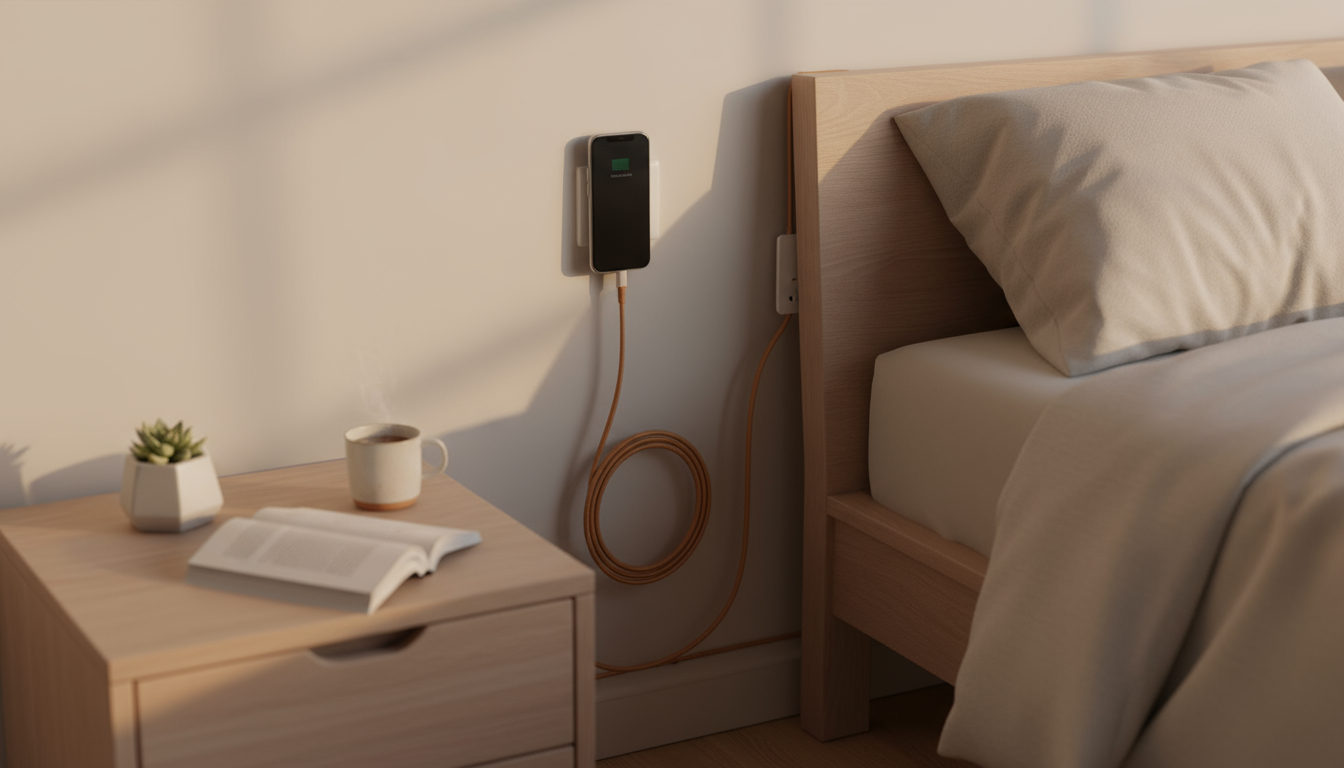
The Habit Loop: Your Brain’s Simple Operating System
Scientists and researchers at institutions like the National Institutes of Health (NIH) have studied this process extensively and found that every habit, good or bad, follows a simple, three-step neurological pattern. We call this the habit loop.
1. The Cue: This is the trigger that tells your brain to go into automatic mode and which habit to use. A cue can be a time of day (morning coffee), a location (your couch), an emotional state (feeling stressed), or the preceding action in a sequence (finishing dinner).
2. The Action (or Routine): This is the behavior itself, whether physical, mental, or emotional. It’s the habit you perform, like picking up your phone, lacing up your running shoes, or opening your laptop.
3. The Reward: This is the prize that tells your brain, “Hey, this loop is worth remembering for the future.” The reward satisfies a craving. For a social media habit, the reward might be a hit of social connection or novelty. For a running habit, it might be the release of endorphins and a feeling of accomplishment.
When the cue, action, and reward are repeated, the connection between them strengthens until the urge to perform the action becomes automatic whenever the cue appears. This is why new habits are hard: you are trying to build a new loop from scratch while old, powerful loops are firing all around you.
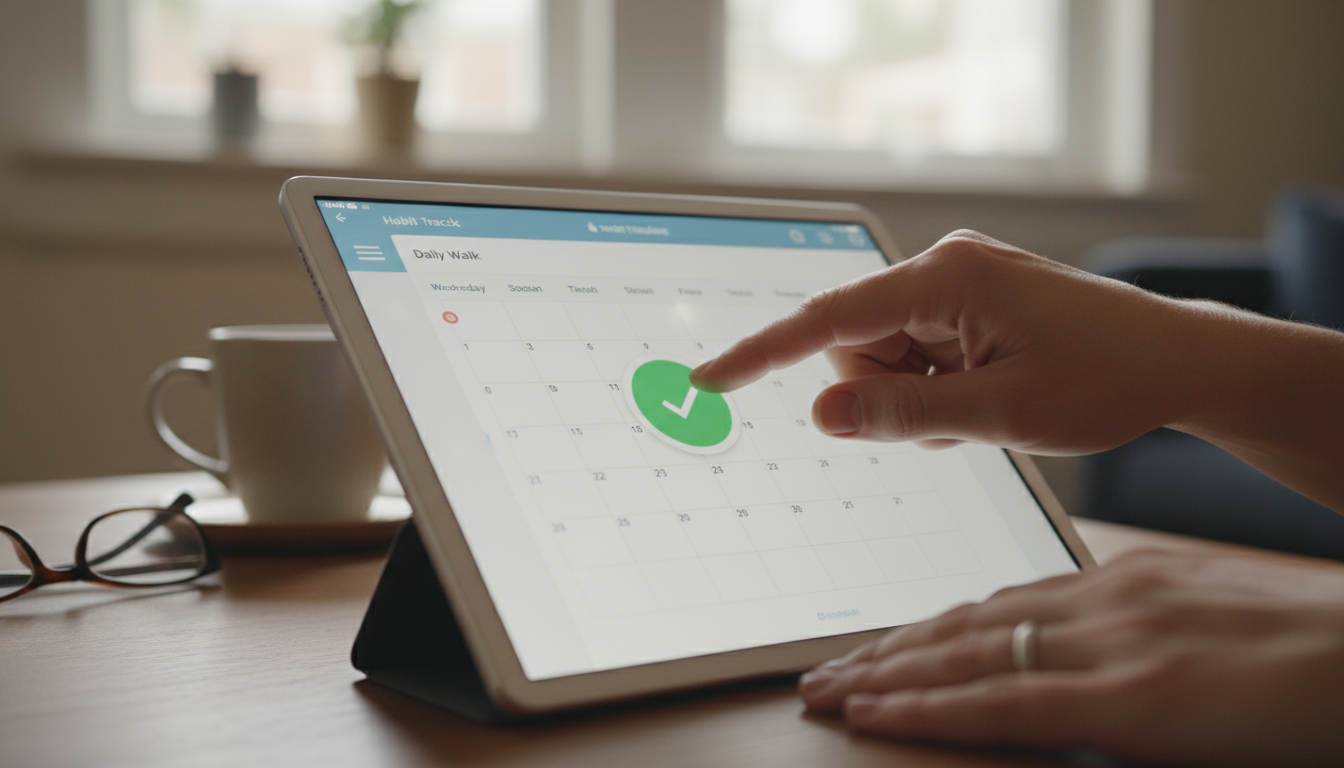
Beyond Goals: The Power of Identity-Based Habits
Understanding the habit loop is crucial, but there’s a deeper layer that often determines success or failure: identity. Many of us set outcome-based goals. “I want to lose 15 pounds.” “I want to write a book.” The focus is on the destination. The problem is that this approach can create friction between your current identity and your desired actions.
An identity-based habit, a concept popularized by author James Clear, flips the script. Instead of focusing on what you want to achieve, you focus on who you wish to become. The goal is not to run a marathon; it’s to become a runner. The goal is not to write a book; it’s to become a writer.
This subtle shift is profoundly powerful. Every time you perform a small action, you cast a vote for your new identity. When you choose to walk for ten minutes, you are acting like a healthy person. When you write one paragraph, you are embodying the identity of a writer. The focus moves from a distant, intimidating outcome to the immediate reinforcement of a new self-perception. This aligns your actions with your sense of self, making the new behavior feel less like a chore and more like an authentic expression of who you are. This is how you start to build new habits that feel natural and intrinsic, rather than forced.

Designing a Winning Strategy: Working With Your Brain
Knowing why your brain resists change is one thing; knowing how to gently persuade it to come on board is another. The goal is not to overpower your brain’s instincts but to create a system where the desired choice is the easiest choice. This is the art of thoughtful habit design.

Start with the Minimum Viable Action
One of the biggest mistakes we make when building new habits is starting too big. Our motivation is high, so we commit to an hour at the gym or meditating for 30 minutes. This works for a few days, but the sheer effort required makes it unsustainable. When motivation inevitably wanes, the habit collapses under its own weight.
The solution is the minimum viable action. This is the smallest, most laughably easy version of your desired habit—an action so simple you can’t say no to it. Want to build a flossing habit? Start by flossing just one tooth. Want to meditate? Start by sitting and taking one deep breath. Want to read more? Start by reading one page.
The purpose of the minimum viable action is not to achieve a dramatic result in one day. Its purpose is to overcome the inertia of starting and to cast a vote for your new identity. It gets the habit loop started. You can always do more, but the victory lies in simply showing up. By making the starting line impossibly easy to cross, you remove the friction and internal negotiation that so often prevent us from beginning at all.
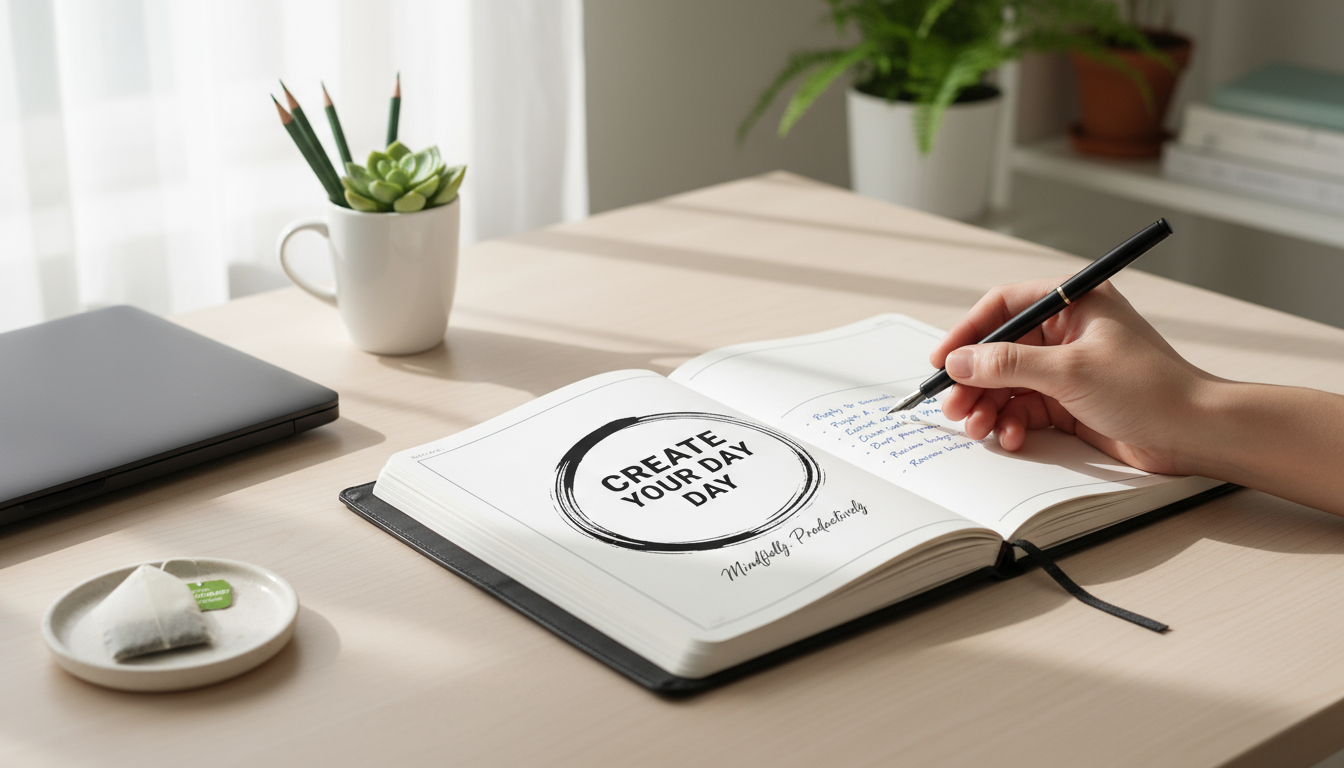
Conduct a Friction Audit
Every action we take has a certain amount of friction associated with it. Friction is anything that makes a behavior more difficult. To get to the gym, you have to pack a bag, change your clothes, drive there, and find parking. To watch another episode on Netflix, you just have to let the autoplay do its work. It’s no wonder which one often wins.
To build good habits, you must decrease friction. To break bad habits, you must increase it. This is where a “friction audit” comes in. For the new habit you want to build, ask yourself: What are all the little steps that stand between me and doing this action? Then, systematically remove them.
If you want to run in the morning, lay out your running clothes, shoes, and headphones the night before. The friction of “getting ready” is reduced to zero. If you want to eat a healthier breakfast, prep overnight oats so they are waiting for you in the fridge. Conversely, if you want to watch less TV, unplug it after each use and put the remote in another room. The added steps increase the friction just enough to make you pause and consider if you really want to watch.

Design Your Environment for Success
Your environment is one of the most powerful cues in your habit loop. The things you see and interact with every day trigger your automatic behaviors. If a bowl of cookies is on the kitchen counter, you will think about cookies every time you walk by. If your phone is on your desk, you will be cued to check it constantly.
Instead of relying on self-control to resist these cues, redesign your environment to make your desired habits obvious and your undesired habits invisible. Want to practice guitar? Take it out of its case and put it on a stand in the middle of your living room. Want to drink more water? Place a water bottle on your desk, by your bed, and on the kitchen counter. Make the cues for your good habits impossible to miss.
A powerful technique for leveraging environmental cues is habit stacking. This involves linking your new, desired habit to an existing, established one. The old habit acts as the cue for the new one. The formula is simple: “After I [CURRENT HABIT], I will [NEW HABIT].”
For example: “After I pour my morning coffee, I will sit down and meditate for one minute.” Or, “After I take off my work shoes, I will change into my gym clothes.” By piggybacking on a pre-existing neural pathway, you make it far easier for your brain to adopt the new behavior.

Embrace Gentle Accountability
While the journey of habit change is personal, you don’t have to go it alone. Gentle accountability can provide the right amount of social structure to keep you on track. This doesn’t mean finding a drill sergeant to yell at you. It means finding a supportive partner or group where you can share your intentions and progress.
This could be a friend you text each day after you complete your minimum viable action. It could be a shared calendar with a spouse where you both mark off your daily walks. The act of stating your intention to another person makes it more real and raises the stakes just enough to make you more likely to follow through, especially on days when your internal motivation is low.

Building Resilience: How to Handle Setbacks Gracefully
Even with the best-designed system, there will be days when you fall short. Life is unpredictable. You’ll get sick, travel, or face an unexpected crisis. The critical difference between people who build lasting habits and those who don’t is not that they never fail. It’s how they respond to failure.
An all-or-nothing mindset is the enemy of long-term progress. When you believe that one misstep ruins everything, you create a psychological trap. Missing one day of your new habit makes you feel like a failure, which makes it easier to say, “Well, I’ve already blown it, so I might as well skip tomorrow too.” This is how one off day turns into a downward spiral.
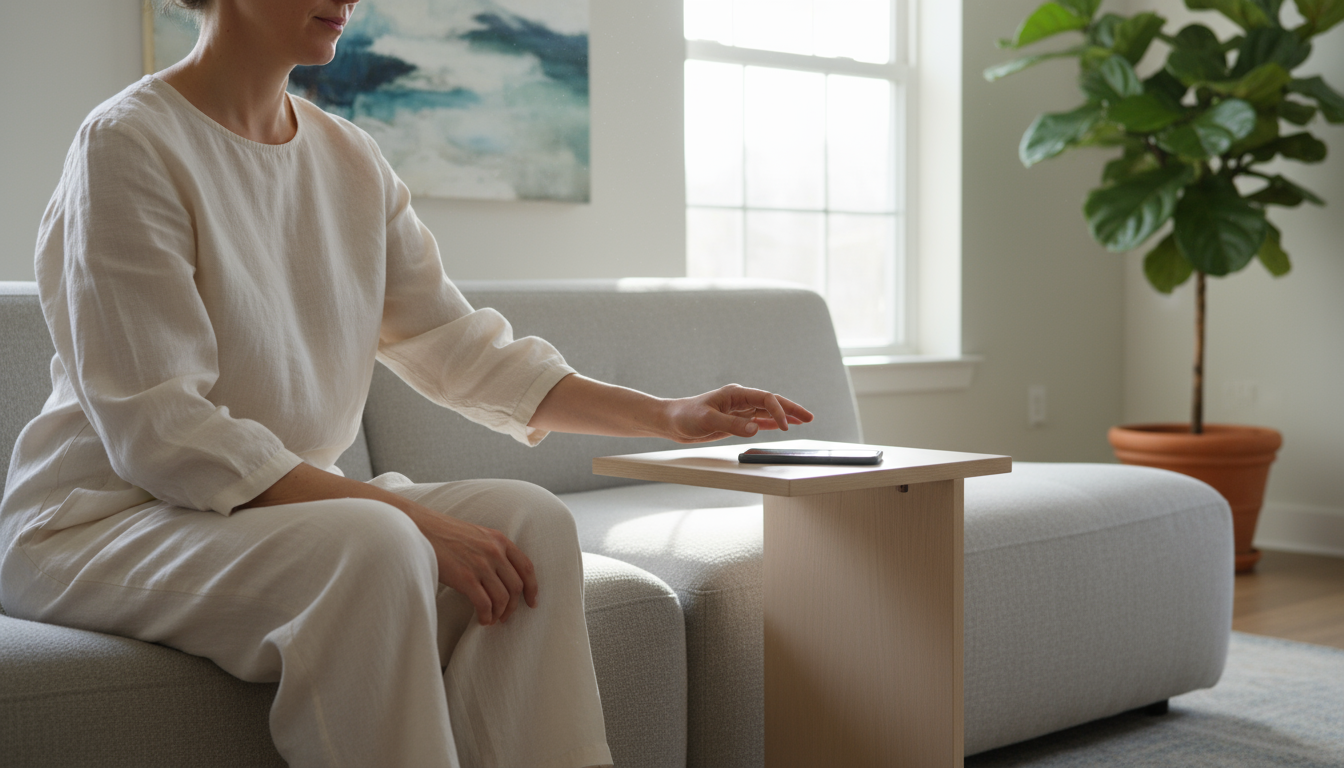
Plan for Relapse Before It Happens
The most resilient systems have contingency plans. Instead of just hoping you’ll stay on track, plan for what you will do when you inevitably get derailed. This is known as an “if-then” plan. You anticipate a potential obstacle and decide on your response in advance.
For example: “If I work late and feel too tired to do my full workout, then I will do five minutes of stretching at home.” Or, “If I’m at a restaurant and there are no healthy options I like, then I will order whatever I want and simply focus on eating slowly and mindfully.”
This planning removes the need for in-the-moment decision-making when you are tired or stressed. You’ve already given yourself a pre-approved, compassionate, and realistic alternative that keeps you in the game, even if it’s not a perfect performance.

Beware the Psychology of the Streak
Tracking a streak—the number of consecutive days you’ve performed a habit—can be a powerful motivator. Seeing the number grow provides a tangible reward and a sense of accomplishment. However, it has a dark side. When a long streak is broken, the feeling of loss can be so demotivating that it causes people to quit altogether.
A healthier approach is to adopt the rule: Never miss twice. Missing one day is an accident. It’s a data point. Missing two days is the beginning of a new, undesirable habit. This mantra reframes a single slip-up not as a catastrophic failure but as a simple anomaly. Your single, overriding priority after missing a day is to get back on track the very next day, no matter how small the action. This approach values consistency over perfection and builds the crucial skill of self-correction.

Reset Without Shame
The final, and perhaps most important, safeguard is self-compassion. The inner voice that berates you for being lazy or undisciplined after a misstep is not a motivator; it’s a saboteur. Shame and guilt drain your mental and emotional energy, making it harder to get back up.
When you miss a day, treat yourself with the same kindness and understanding you would offer a good friend. Acknowledge the reality of the situation: “I didn’t stick to my plan today because I was exhausted and overwhelmed.” Validate the feeling without judgment. Then, gently guide yourself back to your intention: “That’s okay. It happens. Tomorrow is a new day, and I will get back to it by doing my minimum viable action.” This process of resetting without shame is a skill in itself, and it is the foundation of a truly sustainable practice of personal growth.

Putting It Into Practice: Two Sample Routines
Theory is helpful, but seeing these principles in action makes them real. Here are two examples of how you might design a habit routine, starting small and building with intention.

Worked Example 1: An Evening Wind-Down Routine
Identity: I am the kind of person who rests well and prepares for a successful next day.
Goal: Stop mindlessly scrolling on my phone before bed and get better sleep.
Minimum Viable Action: For the first week, the only goal is to plug my phone in to charge across the room one hour before my intended bedtime. I don’t have to read, meditate, or do anything else. Just get the phone out of arm’s reach.
Habit Stacking: The cue is finishing the dinner dishes. The stack is: “After I put the last dish away, I will walk over and plug my phone in across the room.”
Friction Audit: To make the good habit easier, I’ll buy an extra-long charging cable and place a book I’m excited to read on my nightstand. The book is now easier to reach than the phone. To make the bad habit harder, the phone is now physically distant, requiring me to get out of bed to check it.
Progression: After a week of successfully plugging in the phone, I might add the next small step: “After I plug in my phone, I will open my book to the bookmarked page.” A week later, it might become: “After I open my book, I will read one page.” The routine builds organically, without force, because each step is small and linked to an established behavior. The reward is a feeling of calm and, eventually, better sleep, which reinforces the entire loop.

Worked Example 2: A Morning Focus Primer
Identity: I am the kind of person who starts the day with clarity and intention.
Goal: Stop reacting to emails and news first thing in the morning and instead focus on my most important task.
Minimum Viable Action: Before opening my laptop or checking my phone, I will drink a full glass of water and write down one—and only one—priority for the day on a sticky note.
Habit Stacking: The cue is turning off my morning alarm. The stack is: “After I turn off my alarm, I will walk to the kitchen and drink a glass of water.” Then, a second stack: “After I finish the glass of water, I will write down my one priority.”
Friction Audit: To decrease friction, I will fill a glass of water and leave it on the counter with a sticky note pad and a pen right next to it the night before. Everything is ready. To increase friction for the bad habit, I will continue the practice of leaving my phone charging across the room overnight.
Progression: Once writing the single priority feels automatic, I can expand the routine. The next step might be to open a document and write just one sentence related to that priority before checking any email. The reward is a powerful feeling of being proactive rather than reactive, which creates a positive psychological tone for the entire workday and reinforces the desire to repeat the routine.

Frequently Asked Questions About Habit Building
How long does it really take to form a new habit?
The popular idea that it takes 21 days to form a habit is a myth based on a misinterpretation of older research. Modern studies show that the timeline can vary dramatically depending on the person, the behavior, and the context. One influential study found the average was around 66 days, but the range was anywhere from 18 to 254 days. The takeaway is to forget the magic number. Focus on consistency, not the calendar. The habit is formed when you no longer need to consciously think about doing it. For a deeper dive into the science, the American Psychological Association (APA) often publishes articles on behavioral psychology.
What should I do when I travel or my routine is completely disrupted?
Disruption is a major threat to new habits. The key is to lower your expectations and focus on the minimum viable action. If your habit is a 30-minute workout, your travel version might be 10 bodyweight squats in your hotel room. The goal is not to perform perfectly but to maintain the identity. You are still “a person who exercises” even if the context changes. This keeps the thread of the habit alive so you can easily pick it back up when you return to your normal environment.
I was doing great, but now I’ve hit a plateau. What’s wrong?
Plateaus are a normal part of any growth process. Often, they signal that the initial novelty and reward have worn off. This is a good time to reconnect with your “why.” Remind yourself of the identity you are building. You can also introduce a small, novel variation to the routine to make it interesting again. If you’ve been running the same route, try a new one. If you’ve been meditating in silence, try a guided meditation. Sometimes, simply tracking your progress in a new way can rekindle your motivation.
Can I work on multiple new habits at once?
While it’s tempting to overhaul your life all at once, it’s generally a recipe for burnout. Your cognitive resources for self-control and deliberate action are limited. By focusing on one, single new habit at a time, you can dedicate all your design and monitoring energy to making it stick. Once that habit becomes more or less automatic, requiring little conscious thought, you can then move on to designing the next one. A slow, sequential approach is almost always more effective in the long run than a scattered, multi-front effort.
Why does my initial motivation disappear after a few days?
Motivation is an emotion, and like all emotions, it is fleeting and unreliable. The initial surge of excitement you feel when starting something new is powerful, but it’s not a sustainable source of fuel. This is precisely why a systems-based approach is so important. A well-designed habit doesn’t rely on motivation. It relies on cues, low-friction actions, and immediate rewards. The system carries you through on the days—and there will be many—when you don’t “feel like it.”

Your First Steps to Lasting Change
Understanding the neuroscience of habits reveals a simple, hopeful truth: building a better life isn’t about having superhuman willpower. It’s about having a better, more compassionate strategy. It’s about designing a system that works with the fundamental wiring of your brain, not against it. By starting small, removing friction, and focusing on identity, you can gently guide yourself toward the person you wish to become, one tiny action at a time.
You don’t need to wait for a burst of inspiration. You can begin today, right where you are. Lasting change is not an event; it is a patient, persistent process of casting small votes for a new way of being.
Here are your next actions for the next seven days:
1. Choose One Thing. Don’t overwhelm yourself. Pick a single, meaningful new habit you want to build or a single, problematic habit you want to change. Just one.
2. Define Your Minimum Viable Action. What is the absolute smallest, two-minute version of this habit? Make it so easy you can’t say no. Write it down.
3. Identify Your Cue. When and where will you do this action? Use habit stacking to link it to something you already do automatically every day.
4. Remove One Piece of Friction. What is one thing you can do tonight to make it easier to perform your minimum viable action tomorrow? Lay out your clothes, put the book on your pillow, or place the vitamin bottle next to your coffee maker. Set your future self up for a win.
Take these small, deliberate steps, and you will have started the quiet, powerful process of rewiring your brain for success. The journey is not about perfection; it is about persistence.
Disclaimer: The information provided in this article is for educational and informational purposes only and is not intended as a substitute for professional medical or psychological advice, diagnosis, or treatment. Always seek the advice of your physician or other qualified health provider with any questions you may have regarding a medical condition or mental health concern.




